- 113
- 115shares
- Like
- X
- Digg
- Tumblr
- VKontakte
- Buffer
- Love This
- Odnoklassniki
- Meneame
- Blogger
- Amazon
- Yahoo Mail
- Gmail
- AOL
- Newsvine
- HackerNews
- Evernote
- MySpace
- Mail.ru
- Viadeo
- Line
- Comments
- SMS
- Viber
- Telegram
- Subscribe
- Facebook Messenger
- Kakao
- LiveJournal
- Yammer
- Edgar
- Fintel
- Mix
- Instapaper
- Copy Link
There are a few places in California where you can visit a lake and be the only person. Owens Lake near Lone Pine is an exception. This once 12-mile-long, 8-mile-wide body of water was all but drained when the Owens River was diverted into the Los Angeles Aqueduct in 1913.
Before Owens Lake became a dry lake bed, it was a vital rest stop for millions of migrating waterfowl. So, it was not unusual to see thousands of birds feeding along the lakeshore. Today, the freshwater wetlands at the Cartago Wildlife Area still provide a resting area for birds, but their numbers are much smaller.
Due to the Owens Lake Dust Mitigation Program, several lake sections have been opened to the public. In addition, 1.5 square miles of the lakebed have been shallow-flooded, and another 3 square miles of vegetation have been created. Turnouts, habitat viewing areas, and 2 miles of trails and walkways are also part of the LADWP Dust Mitigation Program.
Owens Lake Public Access Points
There are three public access routes and trails around the lake: Boulder Creek, Dirty Socks, and Plaza. We recommend visiting the Plaza, the most developed and interesting site. Unfortunately, all three entrances are a little hard to find. There are no signs, just endless dirt roads to choose from. But don’t let that stop you. It’s well worth the effort.
Owens Lake Plover Wing Plaza
The entrance road to the Owens Lake Plaza is off Highway 136 on the lake’s eastern shore. 2.25 miles north of Keeler, turn right and head downhill toward the lake. Several markers along the dirt road direct you to the Plaza trailhead parking area. It is a 3/4 mile walk to the Plover Wing Plaza.
Along the trail, you can view shallow flooded areas covered with native salt grass. In the distance across the lake bed, enjoy a magnificent view of the California Eastern Sierra mountains. Several land artworks are on the Central Plaza, short trails with information kiosks, and the most extensive Owens Lake section is covered with water.
Dirty Socks Trail Head
Again, it’s not easy to find, but it’s worth looking at. There is a metal shade structure that represents the Los Angeles Aqueduct. But the natural attraction here is the Dirty Sock hot springs. The spring consists of a sizeable concrete-lined pool fed by an underground spring. The water gives off a distinct odor that smells like dirty socks.
Boulder Creek Access
The entrance to the Boulder Creek area is off Highway 395, 13 miles north of Olancha. Be sure to stop by the Cottonwood Charcoal Kilns on your way to the Boulder Creek entrance. The viewing area can be 2.5 miles from Highway 395. Several makers along the route direct you to the parking area. Once parked, there is a half-mile trail and a metal shade structure.
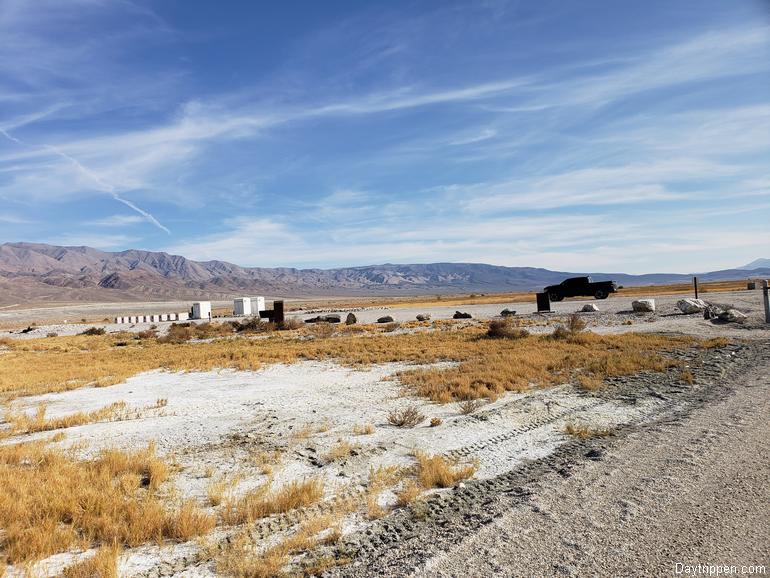
Before You Go
All three Owens Lake public access areas are remote. Chances are, you will be the only visitor for miles. Stay on berm roads and designated trails. Dogs are allowed; camping is not. There are no restrooms or drinking water. If you stop by the Eastern Sierra Interagency Visitor Center in Lone Pine, they will give you an excellent map and brochure about the Owens Lake Trails.
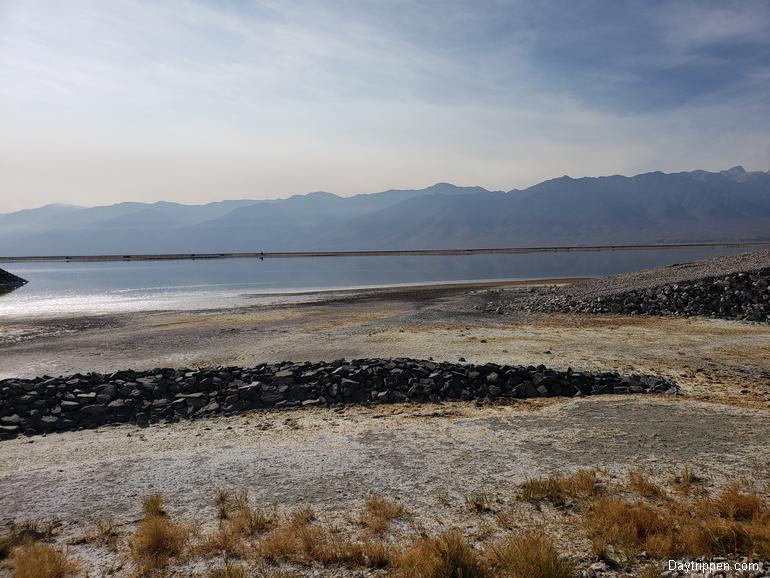
Owens Lake Nearby Points of Interest
The Sleepy Little Town of Keeler
Originally named Hawley, Keeler is situated on the eastern shore of Owens Lake. The town was renamed in 1880 in honor of Julius M. Keeler, an agent for the Owens Lake Mining and Milling Company. Keeler, California, served as the southern terminus of the Carson & Colorado Railway, a narrow-gauge railroad. Although the Keeler train depot still stands, the tracks were removed in January 1961.
Cerro Gordo Ghost Town High in The Mountains
Cerro Gordo, located in the Inyo Mountains near Keeler, California, is a well-preserved ghost town with a rich history linked to the mining boom of the 19th century. The town’s isolation created a “wild west” atmosphere, characterized by frequent violence, including weekly murders and shootouts, with minimal law enforcement present. In 2018, entrepreneurs Brent Underwood and Jon Bier purchased Cerro Gordo for $1.4 million to restore it as a tourist attraction while preserving its historical significance.
Points of Interest Along Highway 395
- 113
- 115shares
- Like
- X
- Digg
- Tumblr
- VKontakte
- Buffer
- Love This
- Odnoklassniki
- Meneame
- Blogger
- Amazon
- Yahoo Mail
- Gmail
- AOL
- Newsvine
- HackerNews
- Evernote
- MySpace
- Mail.ru
- Viadeo
- Line
- Comments
- SMS
- Viber
- Telegram
- Subscribe
- Facebook Messenger
- Kakao
- LiveJournal
- Yammer
- Edgar
- Fintel
- Mix
- Instapaper
- Copy Link
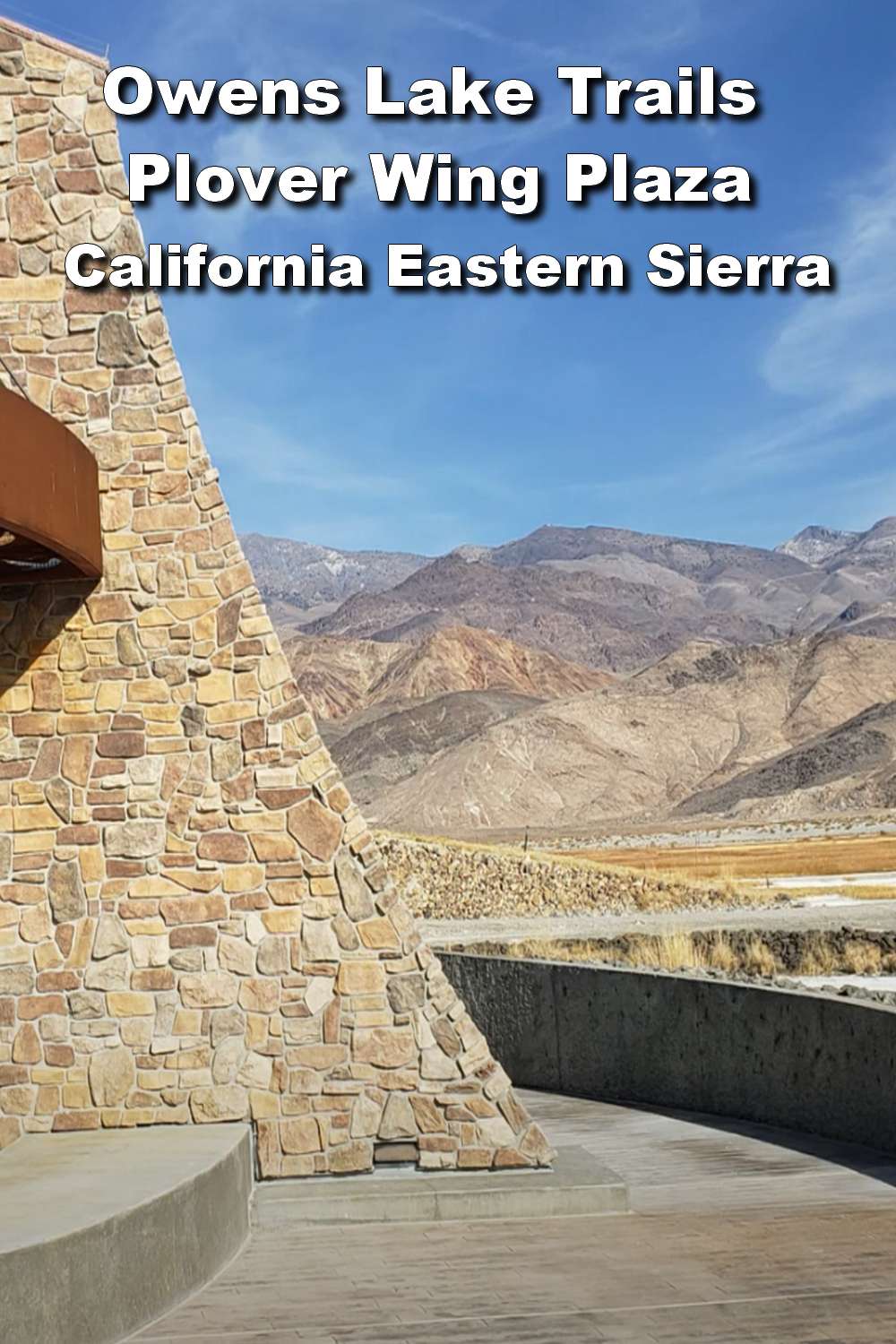
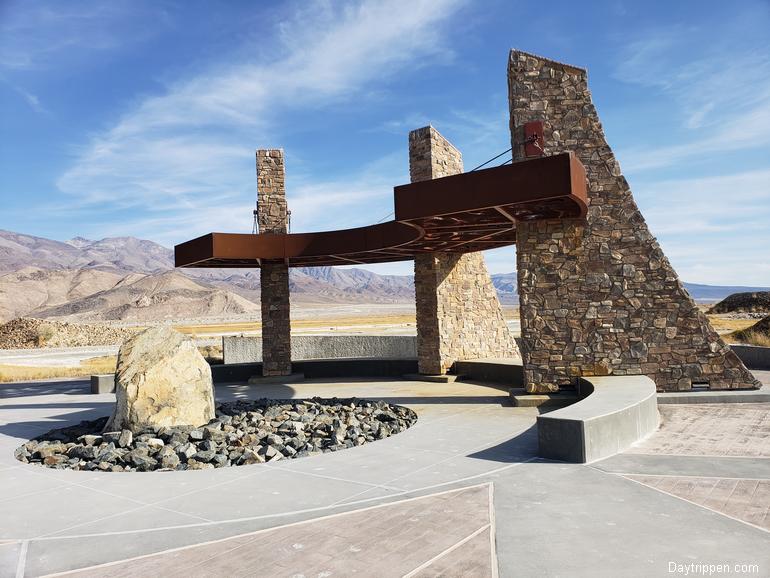
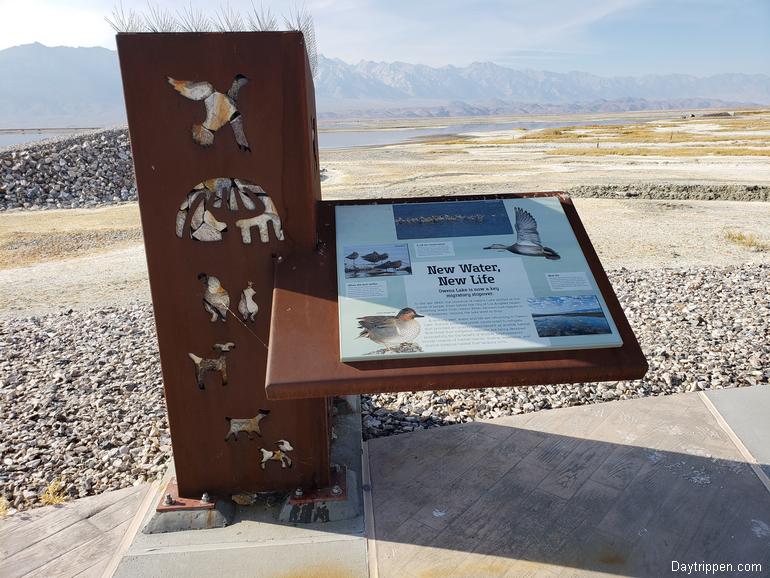
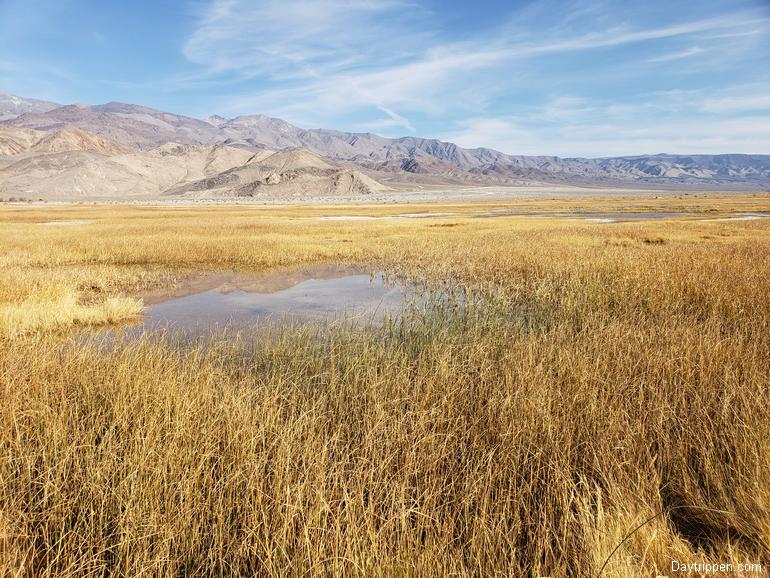
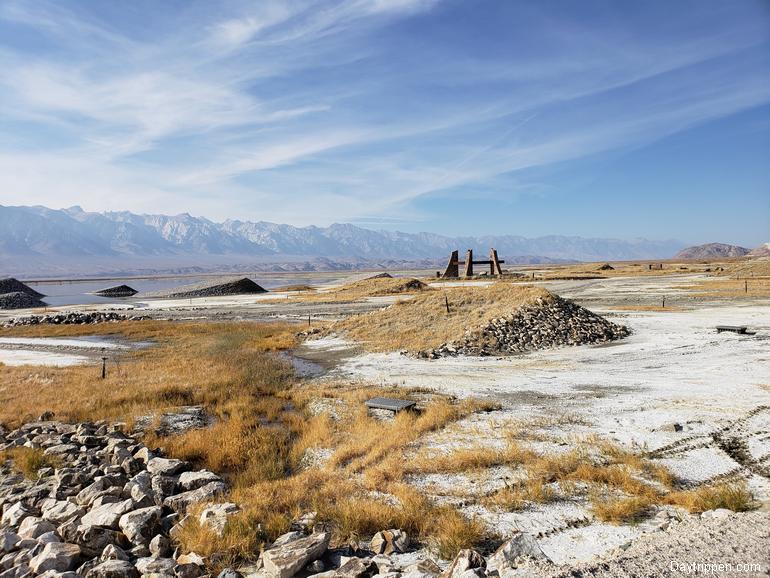
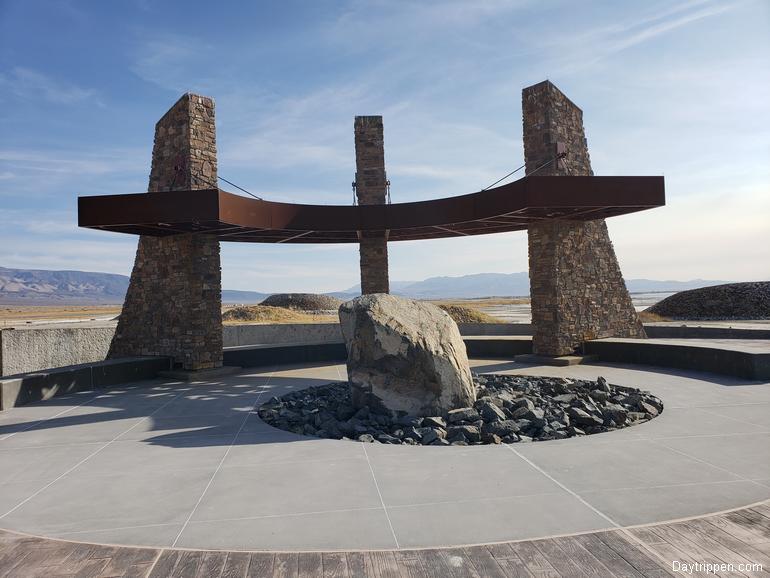
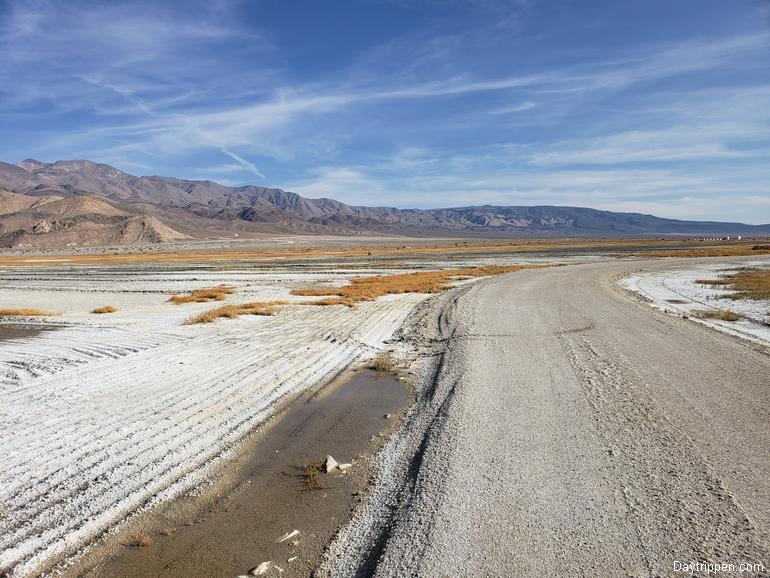
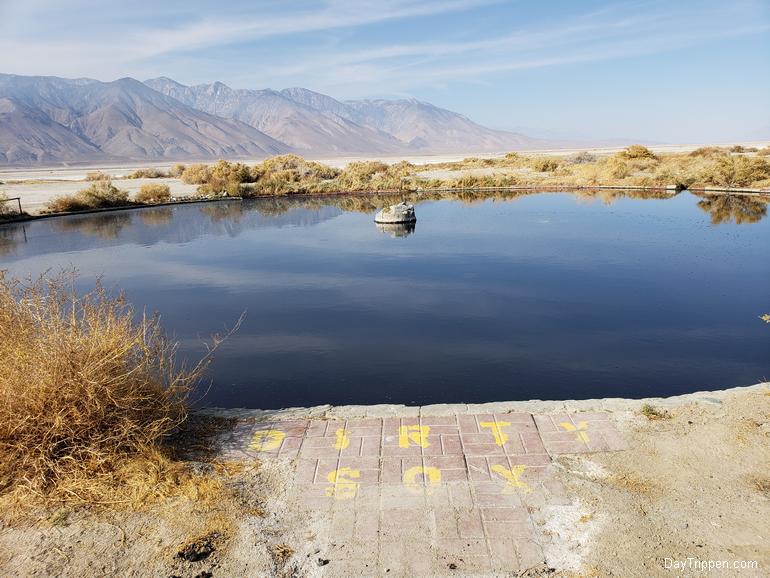
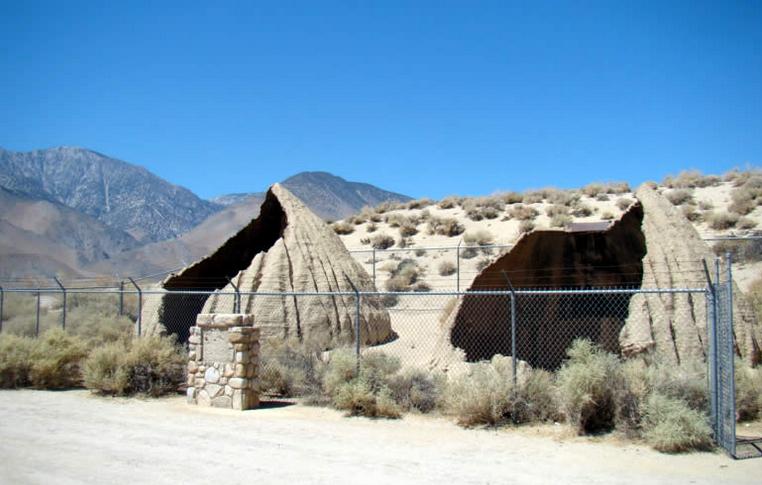
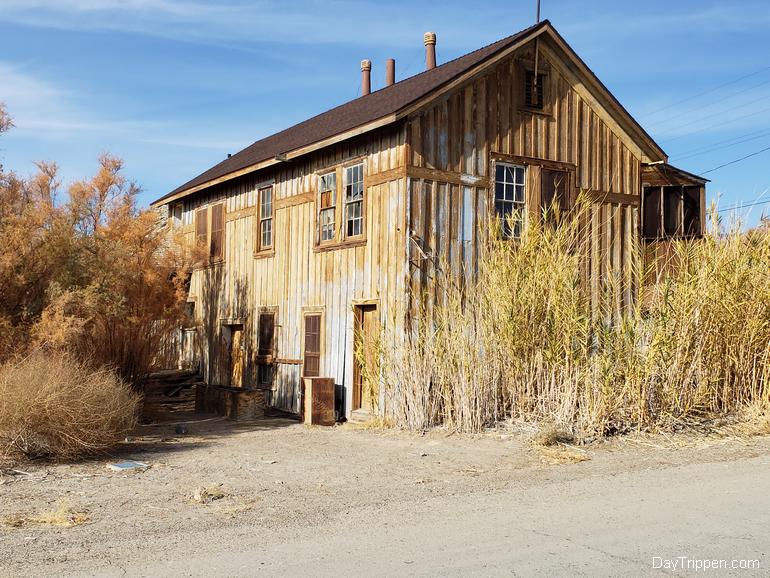
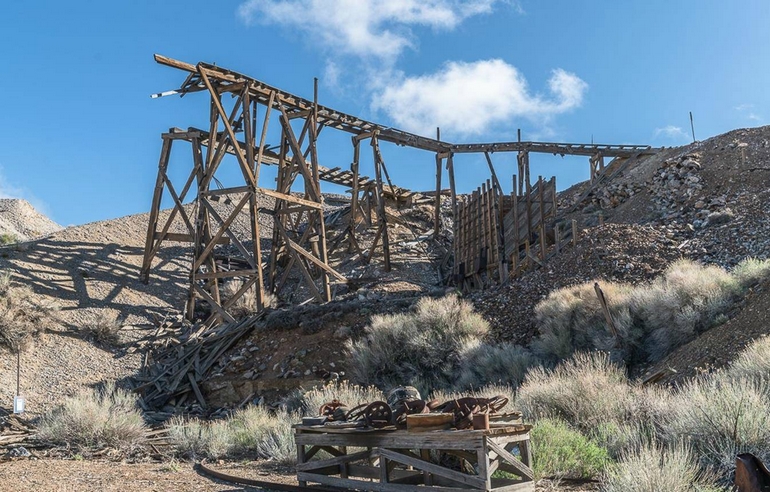
Thank you so much for this information about the Owens Valley. What became of the Native Americans who once flourished here? Were they remunerated in any way and by whom? The info on the Dirty Sox is like revisiting my childhood- as a native Los Angelean, I remember visiting it with my parents- probably in the late 1950s. I recall the smell and how much my dad loved the lot natural spring water. It was a long ago memory, until I cm e across your article.
You can learn more about the Native Americans that lived in the area at the Bishop Owens Valley Paiute Shoshone Cultural Center.